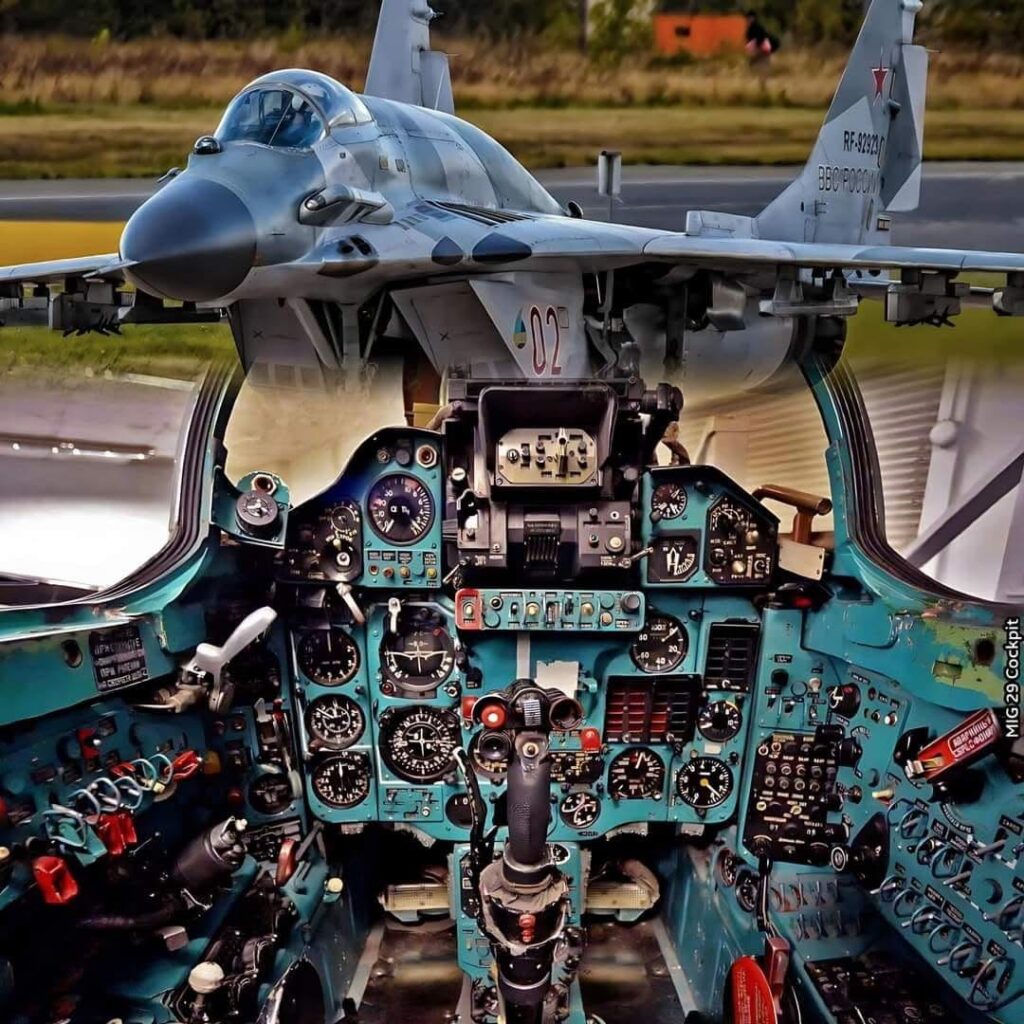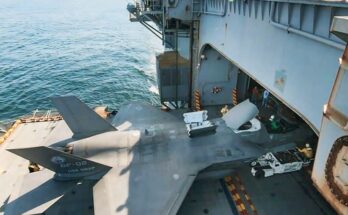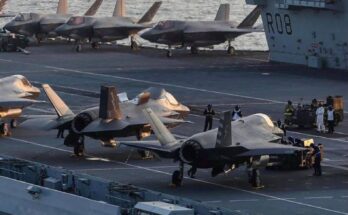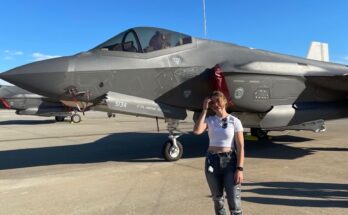
The Mikoyan MiG-29K is a navalized multirole fighter aircraft designed for carrier-based operations, representing one of the most significant evolutions of the MiG-29 family. Originally developed in the late 1980s by the Mikoyan design bureau, the aircraft was intended to give the Soviet Navy a modern jet capable of operating from aircraft carriers. Although the program initially stalled due to the collapse of the Soviet Union, the MiG-29K eventually saw new life in the 2000s, making it an important part of Russian and Indian naval aviation today.
The MiG-29K was built to withstand the demanding environment of carrier operations. Unlike its land-based counterpart, it features a reinforced airframe, strengthened landing gear, and an arrestor hook for carrier landings. Folding wings reduce its deck footprint, allowing more aircraft to be stored aboard carriers. These modifications make the MiG-29K versatile in the tight confines of naval aviation, while retaining the agility and speed that made the original MiG-29 famous.
In terms of performance, the MiG-29K is powered by two Klimov RD-33MK afterburning turbofan engines, each producing about 19,000 pounds of thrust with afterburner. This gives the aircraft a maximum speed of around Mach 2 and an effective combat radius suitable for both fleet defense and strike missions. The engines were designed with improved corrosion resistance, a necessity for aircraft regularly exposed to saltwater environments.
The MiG-29K is equipped with advanced avionics compared to earlier MiG-29 models. Its glass cockpit includes multifunctional displays, a modern heads-up display, and compatibility with helmet-mounted sighting systems. The aircraft uses the Zhuk-ME radar, capable of tracking multiple targets and guiding a variety of missiles simultaneously. This radar gives the MiG-29K the ability to engage aerial threats as well as conduct precision strikes against ground and naval targets.
Weapon flexibility is one of the MiG-29K’s strongest features. The fighter can carry an array of air-to-air missiles such as the R-77 and R-73, as well as precision-guided bombs, anti-ship missiles, and air-to-surface weapons. With nine external hardpoints, it can adapt to a wide range of mission profiles, from air superiority and interception to strike and close air support. An internal 30mm GSh-30-1 cannon provides additional firepower for close engagements.
The Indian Navy became the first export customer for the MiG-29K, ordering the aircraft to equip its carrier INS Vikramaditya. Deliveries began in 2009, marking the fighter’s first operational deployment at sea. Russia also employs the MiG-29K aboard the carrier Admiral Kuznetsov, where it has participated in real combat missions, most notably in Syria during operations in the mid-2010s. These deployments demonstrated both the strengths and challenges of operating the aircraft at sea, particularly in terms of maintenance and readiness.
Today, the MiG-29K represents a capable multirole fighter tailored for carrier aviation, though it competes with more modern designs such as the F/A-18E/F Super Hornet and Dassault Rafale M. Its blend of agility, weapons flexibility, and naval adaptability make it an important part of the fleets that operate it. Despite its troubled development history, the MiG-29K remains a testament to Russian naval aviation design and continues to serve as a key component of carrier-based air power.


